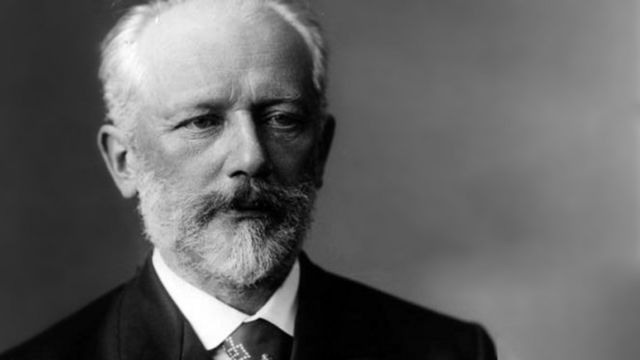|
||
|
Prior to beginning work on the Pathétique symphony Tchaikovsky had been working for two years on a symphony in Eb major, and was completely dissatisfied with its progress. He wrote "it contains nothing that is interesting or sympathetic. It should be cast aside and forgotten." However, new inspiration came to him early in 1893 and he abandoned the Eb symphony in favour a a new work. He wrote to his brother full of enthusiasm: "It is hard for me to tear myself away from it. I believe it comes into being as the best of my works." The symphony was written very fast and was premièred in October 1893 in Saint Petersburg with Tchaikovsky himself directing. Nine days later he was dead leaving a shroud of mystery around this brilliantly original new work. Tchaikovsky had been quite open about the programmatic nature of his earlier symphonies, stating that the fourth was about "fate" and the fifth "providence". He gave the sixth the working title "programme symphony" during its composition. Nikolai Rimsky-Korsakov asked him directly whether there was a program and Tchaikovsky asserted that there was, but would not reveal what it was. Many theories have been suggested, the most popular that the symphony was a suicide note. However, it remains uncertain as to whether Tchaikovsky's death was indeed suicide or was accidental. Tchaikovsky's biographer David Brown made the alternative suggestion that the symphony describes the intervention of fate in life and death. The title "Pathétique" which was suggested by Tchaikovsky's brother Modest, perhaps gives us the best indication of the intended programme. The Russian word has a meaning closer to "passionate" than to "sad". The first movement is unusually long. It opens with a sinister mysterious motif played by the bassoon which is extensively developed throughout the movement. A busy searching allegro section is contrasted with a second subject of great beauty and emotional depth. Following this comes a furious allegro vivo culminating in a climax which seems to descend into the most profound despair foreshadowing the final movement. The movement ends with the return of the lyrical second subject followed by a short coda. The inner movements of the symphony form a striking contrast to the outer ones. The second is a graceful allegro, with a dance like theme in 5/4 time. The middle contrasting section is tinged with nostalgia. The third movement is fast and furious, starting with a wispy triplet idea suggestive of horses running over the steppes over which a march like theme appears, growing in confidence and strength as the movement progresses to a brazenly triumphant conclusion. Perhaps the most original innovation of the symphony is the use of an adagio movement as the finale. It is a great arch rising gradually to one central climax from which the music slowly descends, falling and fading into oblivion. It echos the despair felt in parts of the first movement, but this time without redemption. Tchaikovsky's 6th Symphony was performed by the Portobello orchestra on the 29th March 2014, conducted by Matthew Rogers. back |

